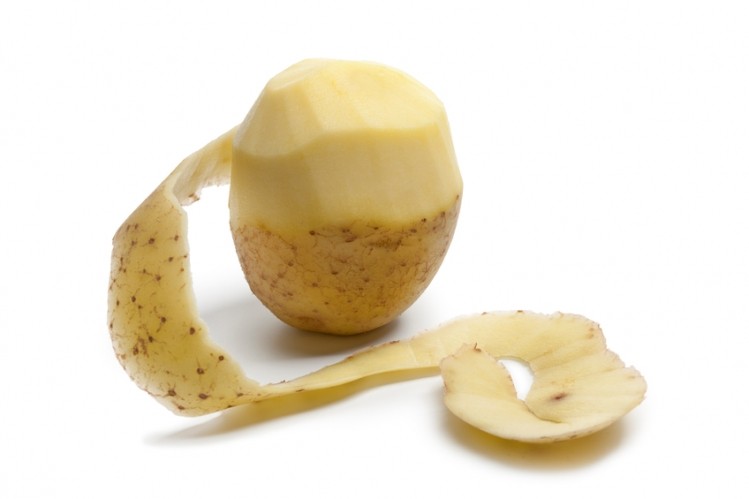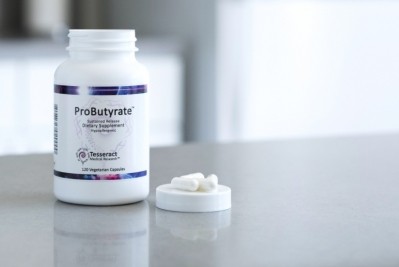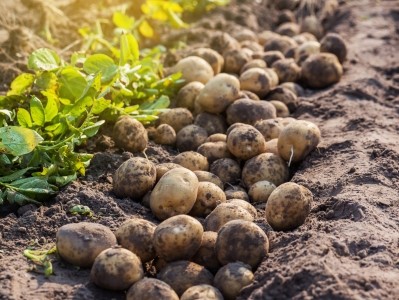Potato bound polyphenols: A novel delivery method for gut health?

When potato cells were treated with solutions of phenolic compounds, binding occurred between them, revealed researchers from Queensland University and the Institute of Agrochemistry and Food Technology, Valencia.
A vast increase in the binding interaction between the polysaccharides in the potatoes and three different polyphenols (catechin, phloridzin and vanillic acid) was seen when using cooked potato cells. However, significant binding also occurred in raw cells (either intact or broken), and their components.
“We report the binding of polyphenols to different potato cell components (i.e. cell walls and starch granules), as well as intact and broken cells,” wrote lead researcher Professor Michael Gidley.
The findings, published in the Journal of Functional Foods, could enable a novel method of delivering a combination of polyphenols and dietary fibre to the large intestine. Both types of compounds have been shown to exert beneficial effects on the human microbiota.
“The potential of intact potato cells to be exploited as natural delivery vehicles for the encapsulation of polyphenols is suggested,” advocated Gidley
Cooking the potato cells prior to adding polyphenols appears to be particular promising, with the caveat that the encapsulated phenolic compounds must be able to survive conditions in the upper gastrointestinal tract.
“This potential could be enhanced by previously cooking (boiling) the potato cells, as their loading capacity dramatically increased due to the gelatinisation of the starch and consequent increased accessibility of its binding sites. If these cellular capsules survive the stomach and small intestine, they would also deliver significant payloads of resistant starch to the microbiota in the large intestine,” stated the researchers.
Binding is structure dependent
The physical structure of both the polyphenols and polysaccharides in the various types of potato cell was found to affect both the rate and extent of polyphenol binding.
Out of the three polyphenols investigated, catechin (abundant in tea, red wine and dark chocolate) generally showed the highest binding capacity to all types of potato cell; although phloridzin (found in apples and plums) showed similar binding capacity in cell walls.
Vanillic acid (found in basil and some other herbs) consistently showed the lowest binding capacity – due possibly to its small molecular size and low number of hydroxyl groups, the researchers speculated.
Catechin was able to penetrate the cell wall barrier and interact with the intracellular starch granules. “Remarkably, polyphenols could penetrate intact cells and bind the starch within them, suggesting their potential as delivery vehicles, whose loading capacity more than doubled after cooking,” Gidley added.
Further work will explore whether the polyphenol-polysaccharide binding is reversible; and the distribution pattern of the released phenolic compounds throughout the gastrointestinal tract.
Additionally, the starch gelatinisation effect from cooking the potatoes should be further investigated for potential improvement of polyphenol delivery, the researchers argued.
“Overall, the present work provides new information about the binding of phenolic compounds to potato cells and cell components, as a model polysaccharide-based food system. The obtained results suggest, for the first time, the potential of potato cells as encapsulation vehicles for phenolic compounds,” concluded the team.
Source: Journal of Functional Foods
Volume 37 (2017), pages 283-292. Published online ahead of print. DOI: 10.1016/j.jff.2017.07.062
“Dietary polyphenols bind to potato cells and cellular components”
Authors: Laura G. Gómez-Mascaraque, Michael J. Gidley et al
















